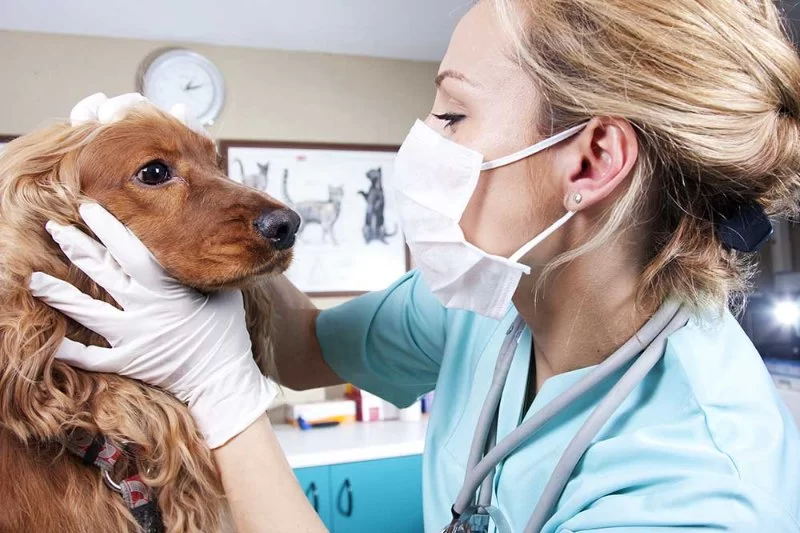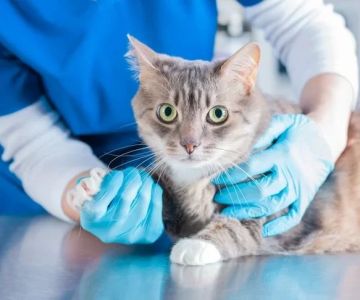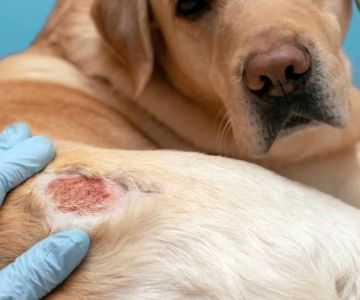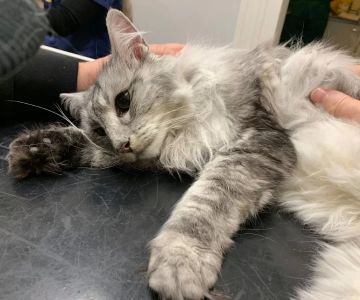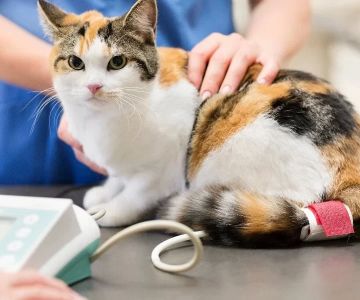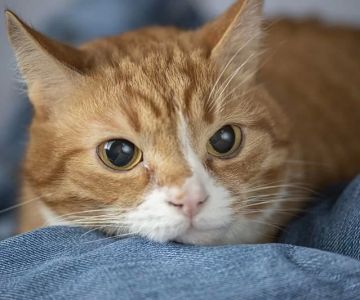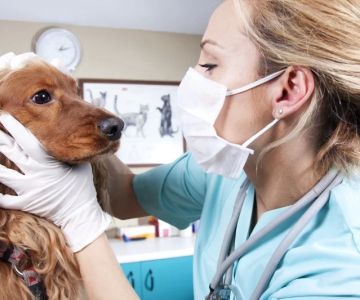- How-to-Recognize-and-Treat-Pet-Feline-Multi-System-Failure
- Early-Signs-and-Symptoms-in-Cats
- Understanding-the-Causes-of-Multi-System-Failure
- Real-Cases-from-Cat-Owners
- Treatment-Approaches-and-Medical-Support
- Long-Term-Care-and-Prevention
- Trusted-Support-for-Feline-Health
How to Recognize and Treat Pet Feline Multi-System Failure
Multi-system failure in cats is one of the most serious conditions pet owners may face. It occurs when several organs—such as the kidneys, liver, or heart—begin to fail simultaneously, often as a result of underlying disease or trauma. Recognizing the early warning signs and understanding treatment options can make the difference between timely intervention and irreversible decline.
Early Signs and Symptoms in Cats
Cats are masters at hiding discomfort, which makes early detection difficult. Common red flags include sudden lethargy, loss of appetite, vomiting, difficulty breathing, or unusual behavior such as hiding for long periods. In severe cases, neurological signs like disorientation or seizures may appear. Parents of feline companions should pay close attention to subtle changes, as these may be the earliest indications of multi-system failure.
Understanding the Causes of Multi-System Failure
There are several reasons why cats may develop multi-system failure. Chronic kidney disease, heart disease, or severe infections can overwhelm multiple organ systems. Toxins—such as ingesting household plants or certain medications—are another frequent trigger. In older cats, aging alone may increase the risk of multiple organs struggling simultaneously. Recognizing these root causes is essential to creating effective treatment plans.
Real Cases from Cat Owners
One cat owner described how her 12-year-old tabby suddenly stopped eating and began breathing rapidly. A visit to the veterinarian revealed advanced kidney and liver involvement. With immediate hospitalization, fluid therapy, and close monitoring, the cat stabilized enough to return home. Another story shared online told of a young cat that ingested lilies—despite rapid treatment, kidney failure set in, reminding owners of how quickly emergencies can escalate.
Treatment Approaches and Medical Support
Treatment for feline multi-system failure is complex and depends on the underlying cause. Supportive care may include intravenous fluids, oxygen therapy, medications to stabilize blood pressure, and specialized diets. Advanced cases often require 24-hour veterinary monitoring. While some cats respond well to aggressive treatment, others may need long-term management tailored to their specific organ weaknesses.
Long-Term Care and Prevention
Preventive care is one of the strongest tools pet owners have. Regular veterinary check-ups, blood work for senior cats, and monitoring for early signs of chronic disease can reduce the likelihood of crisis. Preventing access to toxic plants and medications also plays a major role. Owners who establish healthy routines—balanced diets, hydration, and safe environments—provide their pets with the best chance at avoiding multi-system failure.
Trusted Support for Feline Health
Facing the possibility of multi-system failure in cats can be overwhelming, but knowledgeable support makes the journey manageable. Hidden Brook Veterinary provides resources, expert guidance, and compassionate care for pet owners navigating serious feline health challenges. With professional support, families can feel confident in making the best decisions for their beloved companions.

